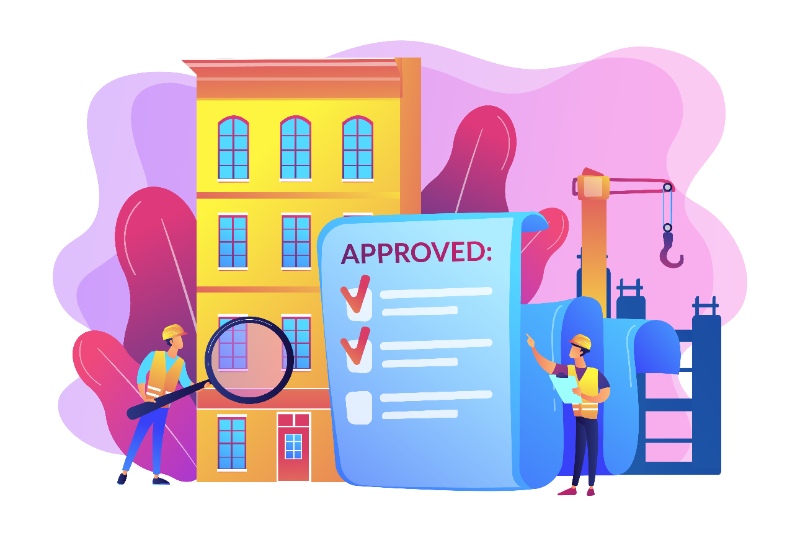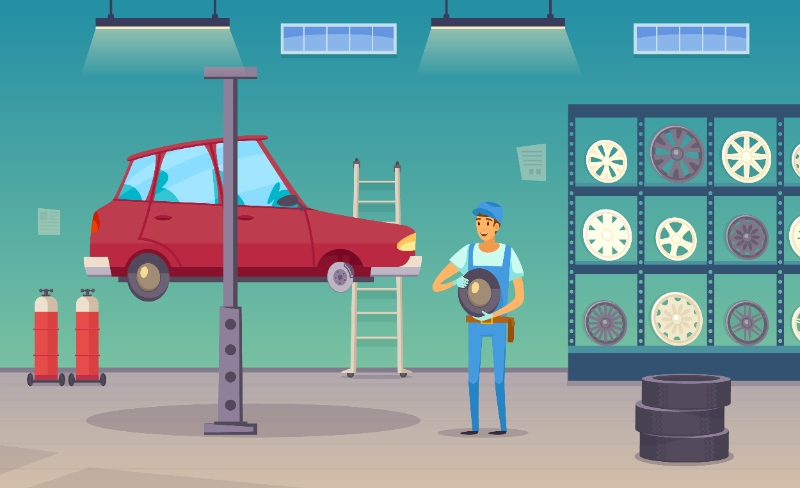
When we are on a journey of purchasing a vehicle, we're not just investing in a mode of transportation; we're committing to an experience that intertwines with our daily lives. Today, we will delve into the fundamental aspects of automobile warranties, exploring their essence and unraveling the reasons why they stand as indispensable shields in the world of vehicles
Contents
- Importance of Automobile Warranties:
- What is an Automobile Warranty?
- Types of Automobile Warranties
- Manufacturer's Warranty
- Extended Warranty
- Powertrain Warranty
- Bumper-to-Bumper Warranty
- Common Warranty Terms and Conditions
- How Automobile Warranties Work
- Making a Warranty Claim
- Repair Process
- Service Centers and Authorized Repair Shops
- Integrate Warranty Management with Dyrect and QR Codes
Importance of Automobile Warranties:
As we move along the intricate landscape of vehicle ownership, the importance of automobile warranties becomes increasingly evident. Let's understand the importance of these automobile warranties:
- Financial Security: Acts as a safety net against unforeseen repair expenses.

- Peace of Mind: Provides assurance in the face of mechanical uncertainties.
- Long-Term Value: Contributes to the overall value of the vehicle.
- Ownership Experience: Shapes a more gratifying and stress-free journey on the road.
- Mechanical Assurance: Goes beyond the initial allure of a new vehicle by providing ongoing support.
- Budgetary Considerations: Allows owners to plan for maintenance costs with greater predictability.
What is an Automobile Warranty?
An automobile warranty is a simple contract between the vehicle manufacturer or dealer and the vehicle owner, outlining the terms and conditions under which the manufacturer or dealer will repair or replace certain components of the vehicle.
In essence, it serves as a guarantee of the vehicle's quality and reliability for a specified period or mileage. Warranties provide a safety net for consumers, offering financial protection against unexpected repairs and ensuring that the vehicle performs as promised.
Types of Automobile Warranties
Automobile warranties come in various types, each serving a specific purpose in safeguarding different aspects of the vehicle. Here are key categories:

Manufacturer's Warranty
The Manufacturer's Warranty, often referred to as the "factory warranty," is provided by the vehicle's original manufacturer. It covers a broad range of components and systems and is typically included with the purchase of a new vehicle.
Extended Warranty
Extended warranties are additional protection plans that can be purchased to extend the coverage beyond the manufacturer's warranty. These warranties vary in duration and coverage, offering peace of mind for owners concerned about potential repair costs after the expiration of the original warranty. Extended warranties may cover a wide array of components or focus on specific systems.

Powertrain Warranty
A Powertrain Warranty is a specific type of coverage that focuses on the essential components that generate power and make the vehicle move. This typically includes the engine, transmission, and other related components. Powertrain warranties are designed to provide long-term protection for the critical and costly elements of a vehicle.
Bumper-to-Bumper Warranty
The Bumper-to-Bumper Warranty, also known as a comprehensive warranty, covers nearly all components of the vehicle for a limited time or mileage. While it offers extensive coverage, certain wear-and-tear items and routine maintenance may not be included. Bumper-to-Bumper warranties are particularly valuable for new vehicle owners who want comprehensive protection against defects and malfunctions.
Common Warranty Terms and Conditions

Coverage Limits: Warranties specify the extent of coverage for repairs and replacements. Understanding coverage limits is crucial for owners to gauge the level of protection provided, ensuring they are aware of what is and isn't included in the warranty.
Exclusions: Warranty contracts often outline specific conditions or components not covered. Being aware of these exclusions helps owners manage expectations and plan for potential expenses that may not be covered by the warranty.
Duration of Coverage: The duration of an automobile warranty varies, and understanding this timeframe is essential. Owners need to be aware of when the coverage begins and ends to maximize its benefits and consider extended warranty options as their vehicles age.
How Automobile Warranties Work
Making a Warranty Claim

When an issue arises with your vehicle covered by the warranty, initiating a warranty claim is the first step. This typically involves contacting the warranty provider, providing necessary information about the problem, and following their specified procedures for claims processing.
Repair Process
Once a warranty claim is approved, the repair process begins. The vehicle is taken to an authorized repair facility where certified technicians assess and address the identified problem.

The warranty often covers parts and labor costs, ensuring that the vehicle is restored to proper working condition.
Service Centers and Authorized Repair Shops

Warranty coverage is tied to approved service centers and authorized repair shops. These facilities are certified by the manufacturer or warranty provider, ensuring that repairs meet the required standards. Choosing an authorized repair shop is crucial for maintaining warranty coverage and ensuring quality repairs backed by the warranty.
Integrate Warranty Management with Dyrect and QR Codes
Dyrect, a warranty management platform, revolutionizes the cumbersome warranty registration process by integrating QR codes seamlessly. With Dyrect, manufacturers and consumers alike benefit from a simplified and efficient system.

By incorporating QR codes in the registration process, users can effortlessly scan and input necessary information, accelerating the warranty activation process. This not only reduces manual errors but also enhances the overall user experience.
Additionally, we facilitates centralized warranty management, allowing manufacturers to monitor warranty claims and streamline the repair process effectively. The utilization of QR codes ensures quick and accurate identification of warranty information, making the entire warranty ecosystem more accessible and user-friendly for both businesses and consumers.


